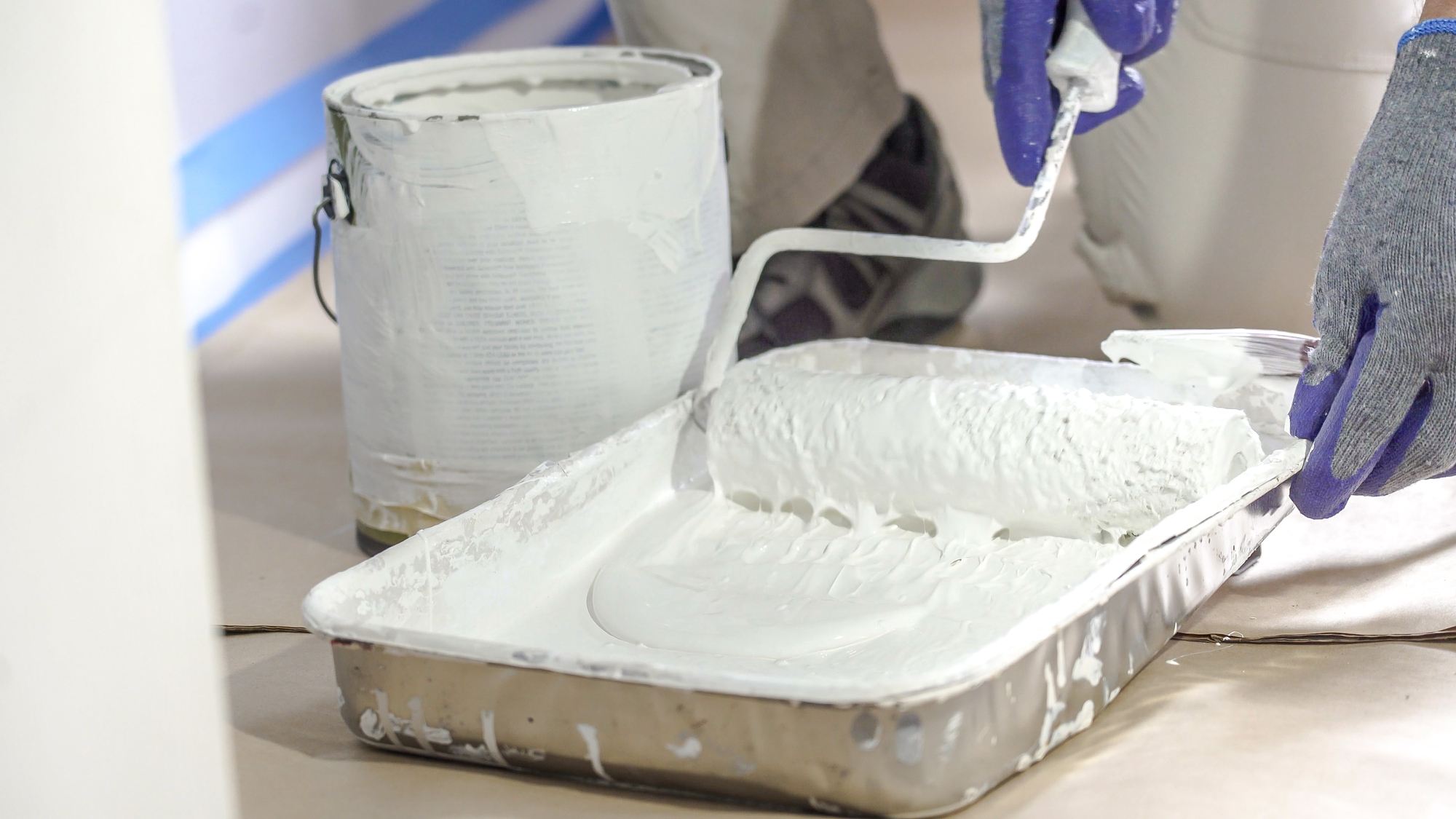Choosing paint for your home is a big decision. The color and finish affect your living space, but have you thought about the impact on your health and the environment? Eco-friendly paints offer a smart solution.
These paints can make a real difference in your home. Eco-friendly paints improve indoor air quality by releasing fewer harmful chemicals. This means you and your family can breathe easier in your freshly painted rooms.
Beyond health benefits, eco-friendly paints are also better for the planet. They use more natural ingredients and create less waste. As you plan your next painting project, consider these top benefits of eco-friendly options. You might be surprised at how they can enhance your home while being kinder to the environment.

Understanding Eco-Friendly Paints
Eco-friendly paints offer a safer and more sustainable option for home painting projects. These paints use natural ingredients and special formulations to reduce harmful effects on both human health and the environment.
Defining Eco-Friendly Paint Attributes
Eco-friendly paints have several key features that set them apart from conventional options. They contain low or zero volatile organic compounds (VOCs), which means they release fewer harmful chemicals into the air. Many eco-paints are biodegradable and made from renewable resources.
These paints often use water as a base instead of harsh solvents. This makes them easier to clean up and less toxic to handle. Some eco-friendly paints also offer natural antimicrobial properties, helping to keep your walls cleaner for longer.
Look for labels like “low-VOC,” “zero-VOC,” or “natural” when shopping for eco-paints. Certifications from recognized environmental organizations can also help you identify truly eco-friendly options.
Components and Ingredients of Sustainable Paints
Sustainable paints use a variety of natural and non-toxic ingredients. Common components include:
- Water-based formulas
- Mineral pigments for color
- Plant extracts and oils
- Milk protein (casein)
- Clay
- Lime
Some eco-friendly paint types you might encounter:
- Milk paint: Made from milk protein and lime
- Clay paint: Uses natural clay as a base
- Lime paint: Combines lime with natural pigments
These paints avoid harsh chemicals and instead rely on plant-based binders and natural preservatives. This results in a product that’s safer for you and the planet.
Health and Environmental Advantages
Eco-friendly paints offer significant benefits for your health and the planet. These paints reduce harmful chemicals in your home and lessen environmental damage from paint production and disposal.
Improvements to Indoor Air Quality and Health Benefits
Low-VOC and zero-VOC paints greatly improve indoor air quality. VOCs are volatile organic compounds that release toxic fumes as paint dries. These fumes can cause headaches, dizziness, and breathing problems. By choosing eco-friendly paint, you cut down on these harmful emissions in your living spaces.
Eco-paints also help people with allergies or chemical sensitivities. Many brands use natural ingredients that are less likely to trigger reactions. This makes your home safer for family members and guests with health concerns.
Some key health benefits of eco-friendly paint include:
- Fewer respiratory issues
- Less eye and skin irritation
- Reduced risk of asthma attacks
- Better sleep quality due to cleaner air
Reducing Environmental Footprint Through Paint Choices
Your paint choices can have a big impact on the environment. Eco-friendly paints reduce harm in several ways:
- Lower emissions during production
- Less toxic waste in landfills
- Biodegradable ingredients that break down safely
Many eco-paint brands use recycled materials in their packaging. This cuts down on plastic waste. Some even offer take-back programs for leftover paint.
Choosing sustainable paint supports companies that prioritize environmental protection. This encourages more eco-friendly practices across the industry. By making this simple switch, you contribute to a cleaner, healthier planet for everyone.






